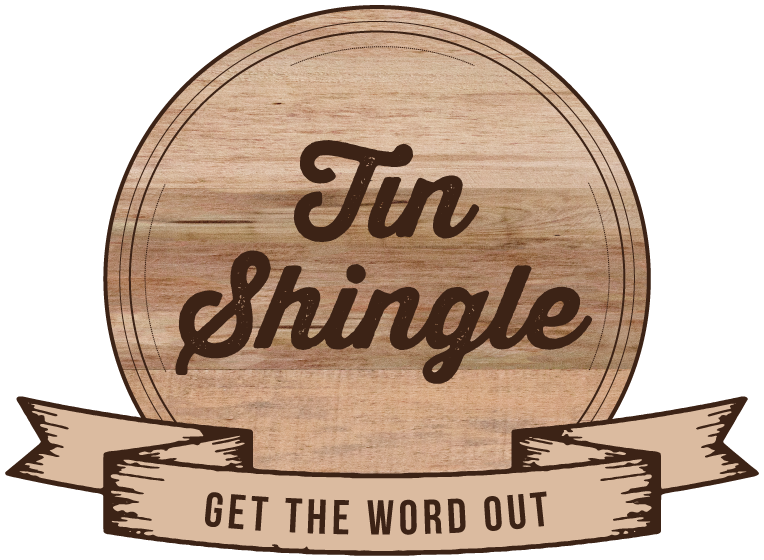Pitching the media is an art. Just like social etiquette is a thing in any culture, there exists an etiquette in emailing a person in the media with the hopes that they will feature your business. This act of emailing is called “pitching the media,” and there are 2 big difference ways to do it if you sell a product. Do it wrong, and you may irritate the media person. But it’s easy to do it right! Here’s how to do it right:
Pitching The Media With A Product For A Sale Or Deal
Sometimes the media will put out a call for a specific kind of product, like "Products for Breast Cancer Awareness." Usually the request will include if there needs to be a sale on the product, like 20% off or 75% off. When answering this lead with your product, you must follow the specifics of the deal request. If you cannot offer that sale, then do not pitch.
Do not use this media opportunity to introduce yourself and your business to the media person. This will only irritate them because they are reading so many emails that are sending in the sale info, that your "hey, here's why you should feature my business!" email is like a bump in the road of their inbox.
This does not mean that they never want to hear from you ever. But your job is to study the types of articles this media person writes, or TV segments that they host or produce. If they aren't meaty pieces that simply feature companies, then they are not a fit for you.
However. If something about this media person just compels you to pitch them - like you cannot not pitch them - then Tin Shingle gives you permission to pitch - but with NO ASK.
This means, you cannot ask for a feature, and you cannot ask them to talk to you. Do not ask them to schedule a phone call with you. You are sending them an awareness type pitch, and then leaving it at that. Wishing them a good day and good health. Do not offer to send them a sample. We all know what that means - it's an implication to test the product, and do something in return.
This way, the pressure is off. You've asked nothing of them. And they know of your product now. In the future, if they are working on a non-sales piece, they may think of your company.
Pitching The Media For A Feature Story
Pitching the media for a feature story on your business is everyone's dream feature. This should not be done when you are answering a HARO lead. Usually, PR Leads that just show up in your inbox - the low-hanging fruit - are asking for specific things.
Maybe make note of this media person for someone you want to cold pitch to. What does "cold pitching" mean? It means you are pitching the media person out of the blue They have asked for nothing, and you don't know what articles or TV segments they are working on. It's OK to pitch your dream pitch of the feature, but not when there is a call for a sale or deal or something really timely and specific.
For guidance on how to pitch a feature story on your business, join Tin Shingle and use our Pitch Whisperer Group to get guidance directly from me (Katie). You can also sign up for a Private Training session, which is 25% off for Tin Shingle members.

